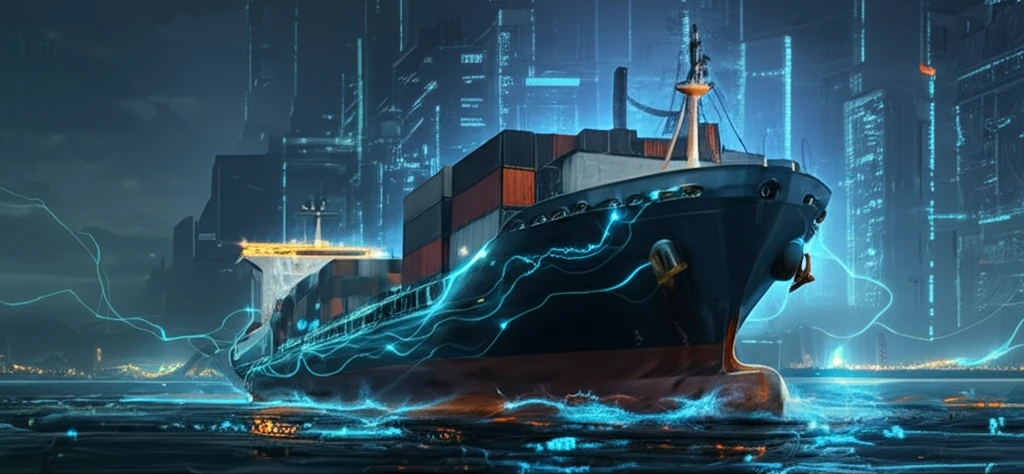
Future-Proofing Fleets: How Simulation and Reverse Engineering are Revolutionizing Ship Retrofitting
"Discover how cutting-edge technologies like simulation tools and reverse engineering are making ship retrofitting more efficient, cost-effective, and sustainable."
The maritime industry is undergoing a significant transformation, driven by the need to adopt more efficient and environmentally friendly technologies. Ship owners are under increasing pressure to retrofit their vessels to comply with stringent emission regulations and to take advantage of the latest technological advancements. This drive for modernization has led to a growing demand for innovative approaches to ship retrofitting.
Retrofitting, the process of upgrading existing ships with new equipment and systems, is crucial for extending the lifespan of vessels, improving their performance, and reducing their environmental impact. However, retrofitting projects can be complex and costly, often requiring extensive planning and precise execution to minimize downtime and ensure optimal results.
Fortunately, advancements in simulation tools and reverse engineering technologies are revolutionizing the field of ship retrofitting. These technologies enable ship owners and shipyards to plan, execute, and validate retrofitting projects with unprecedented efficiency and accuracy, unlocking new possibilities for sustainable and competitive maritime operations.
Why Simulation and Reverse Engineering are Game-Changers for Ship Retrofitting?

Traditional ship retrofitting often involves significant uncertainties due to the limited availability of accurate data and documentation for older vessels. This lack of information can lead to costly delays, rework, and suboptimal performance. Simulation and reverse engineering address these challenges by providing:
- Reduced Risks: By simulating different retrofitting scenarios, ship owners can assess the potential impact of various upgrades on vessel performance, fuel efficiency, and emissions. This reduces the risk of investing in technologies that may not deliver the desired results.
- Faster Turnaround Times: Simulation and reverse engineering streamline the retrofitting process, enabling shipyards to complete projects more quickly and efficiently. This minimizes downtime for ship owners, reducing revenue losses.
- Enhanced Sustainability: By optimizing retrofitting designs for fuel efficiency and emissions reduction, these technologies contribute to a more sustainable maritime industry.
The Future of Ship Retrofitting
As environmental regulations continue to tighten and technological advancements accelerate, simulation and reverse engineering will play an increasingly vital role in ship retrofitting. These technologies empower ship owners and shipyards to make informed decisions, optimize retrofitting designs, and ensure that vessels remain competitive, compliant, and sustainable for years to come.
